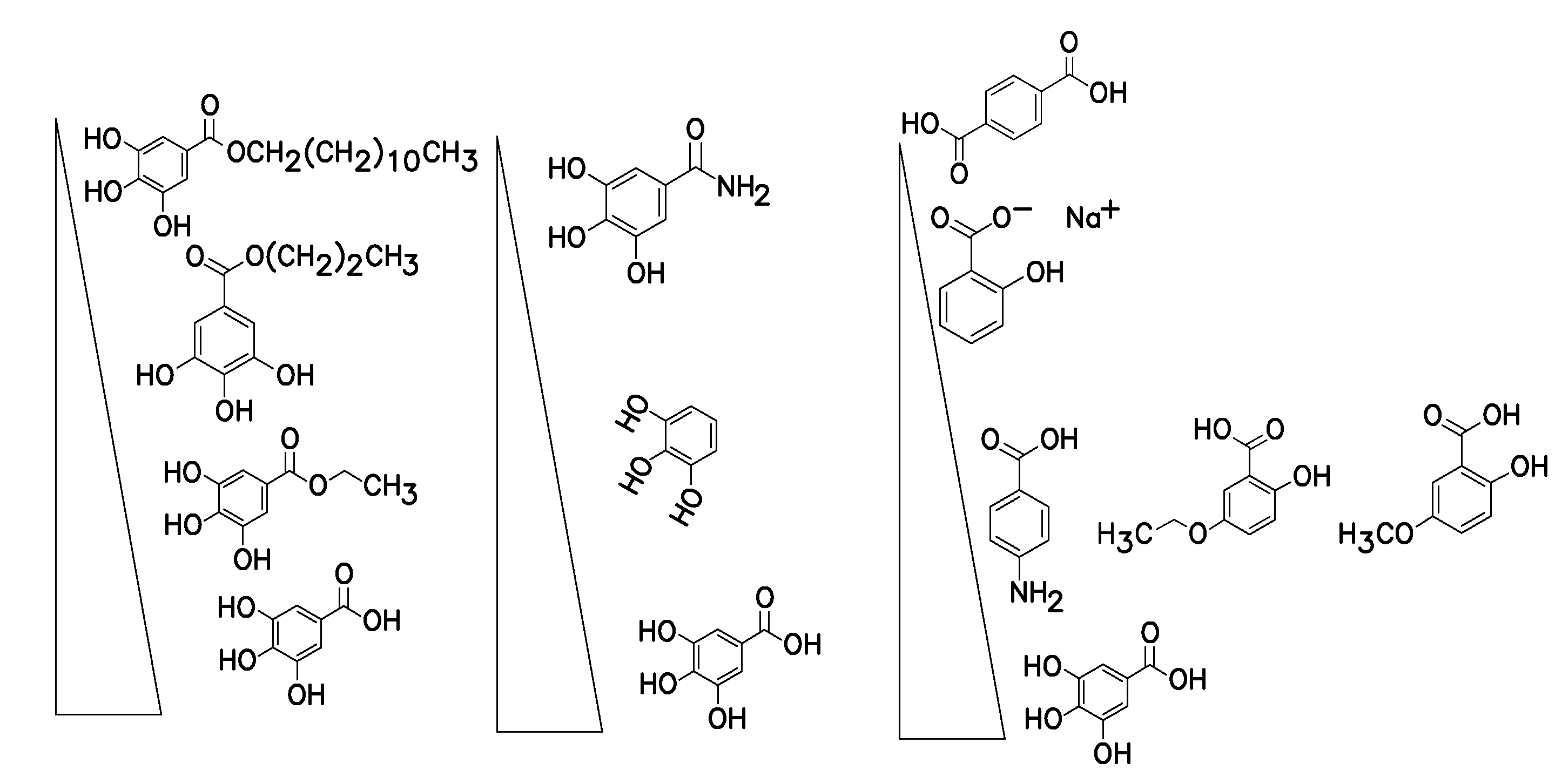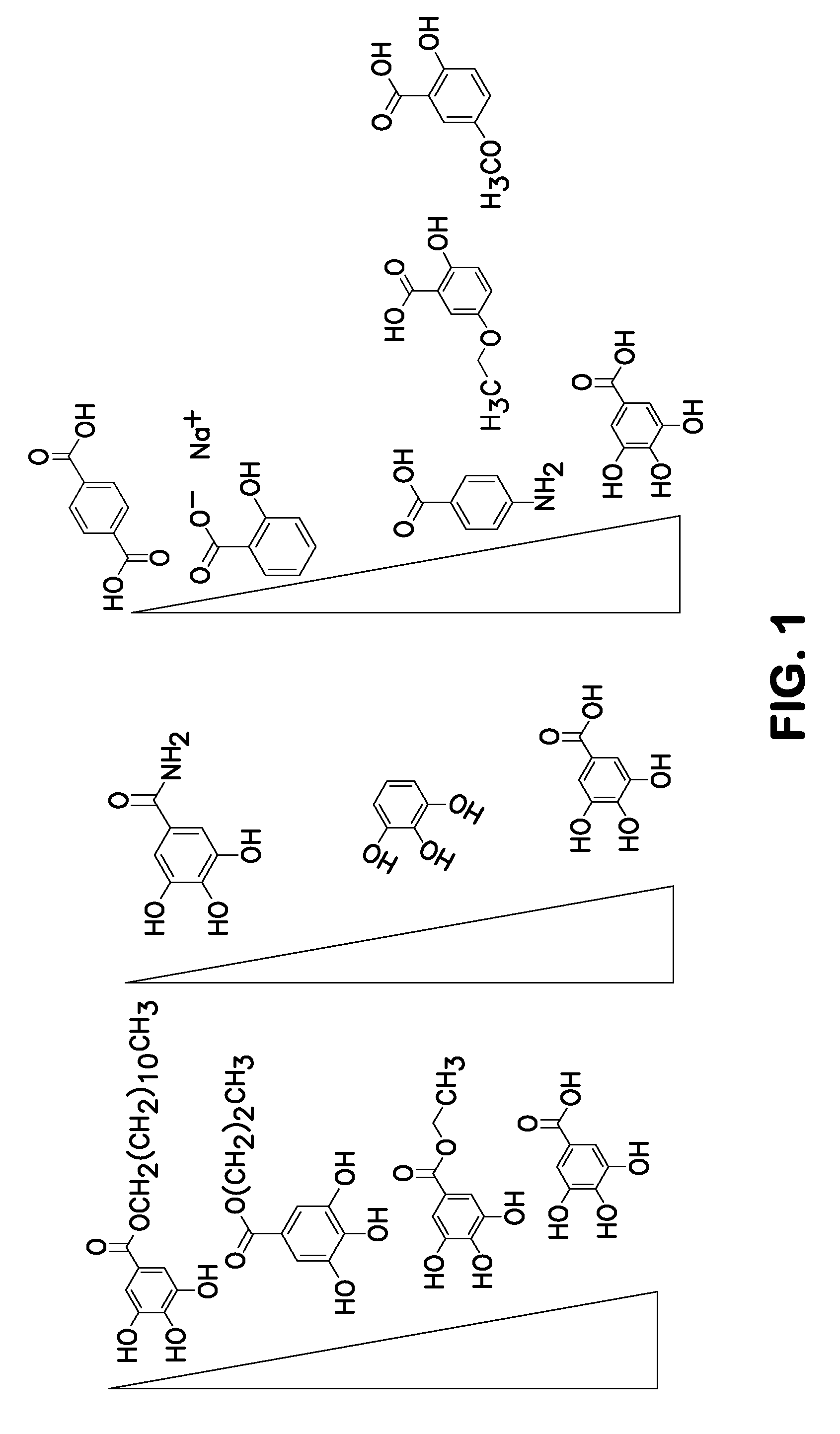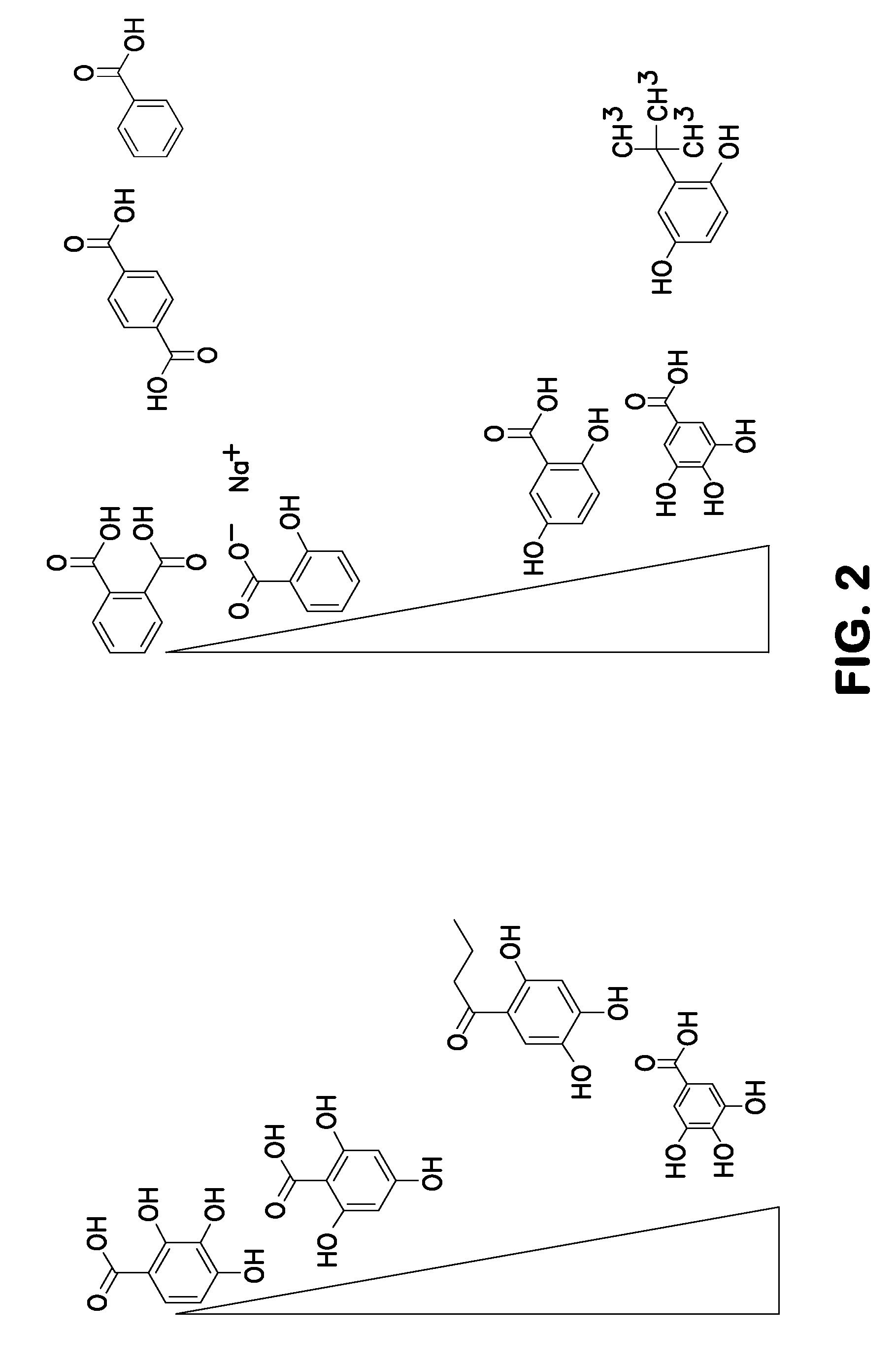Method for nucleotide detection
a nucleotide detection and nucleotide technology, applied in the field of nucleotide detection, can solve problems such as the loss of fluorescence signal intensity
- Summary
- Abstract
- Description
- Claims
- Application Information
AI Technical Summary
Benefits of technology
Problems solved by technology
Method used
Image
Examples
example i
Error Rate and 20 Cycle Intensity
[0082]This Example shows error rates with repeated detection cycles in a sequencing by synthesis format using an eight lane flowcell. The data in this example was generated using the standard procedure of setting up a sequencing run on HiSeq instruments (Illumina Inc., San Diego, Calif.) according to the HiSeq UserGuide and using standard Illumina Sequencing reagents, except for the detection solution. Methods for the standard protocols are available from Illumina, Inc. and referenced in Bentley et al., Nature 456:53-59 (2008), which is incorporated by reference herein in its entirety. Briefly, a plurality of fluorescently labeled modified nucleotides is used to sequence clusters of amplified DNA present on the surface of a flow cell. To initiate the first sequencing cycle, one or more differently labeled nucleotides, and appropriate reagents, e.g., DNA polymerase, etc., are flowed into / through the flow cell by a fluid flow system. After incorporatio...
example ii
Error Over Cluster PF
[0084]This Example shows a gallic acid dose response using 20 (lanes 3 and 4) 40 (lanes 5 and 6) and 80 mM (lanes 7 and 8) with lanes 1 and 2 being the no gallic acid controls.
[0085]This experiment was carried out exactly as described above in Example I. FIG. 3 shows a graph plotting error versus cluster passing filter (PF) number. The graph in FIG. 3 shows a significant dose-dependent improvement in error rates (y axis) for all gallic acid concentrations. The graphs also shows an improvement in clusters passing filters with an optimum of 40 mM—at 80 mM the number of clusters passing filter is reduced compared to 40 mM.
example iii
Coverage Plots
[0086]This Example shows the errors per position in a reference sequence.
[0087]This experiment was carried out exactly as described in Example I. FIG. 4 shows coverage plots for a control sequence, in the presence of gallic acid, in the presence of urea, and in the presence of gallic acid and urea, over 75 cycles. FIG. 5 shows coverage plots for a control sequence, in the presence of gallic acid, in the presence of urea, and in the presence of gallic acid and urea, over 100 cycles. Coverage plots analyze error (Y axis) per position in a given genome (x axis, using phiX genome as standard). The data shows that the phiX genome contains hot-spots with significantly higher error rate than the rest of the genome. Gallic acid in the detection solution reduces the error rate certain hot spot significantly while not affecting other hot spot as much. Urea by itself has very little effecting reducing the error rates but show a remarkable synergy with gallic acid that almost elim...
PUM
| Property | Measurement | Unit |
|---|---|---|
| power | aaaaa | aaaaa |
| concentration | aaaaa | aaaaa |
| time period | aaaaa | aaaaa |
Abstract
Description
Claims
Application Information
 Login to View More
Login to View More - R&D
- Intellectual Property
- Life Sciences
- Materials
- Tech Scout
- Unparalleled Data Quality
- Higher Quality Content
- 60% Fewer Hallucinations
Browse by: Latest US Patents, China's latest patents, Technical Efficacy Thesaurus, Application Domain, Technology Topic, Popular Technical Reports.
© 2025 PatSnap. All rights reserved.Legal|Privacy policy|Modern Slavery Act Transparency Statement|Sitemap|About US| Contact US: help@patsnap.com



